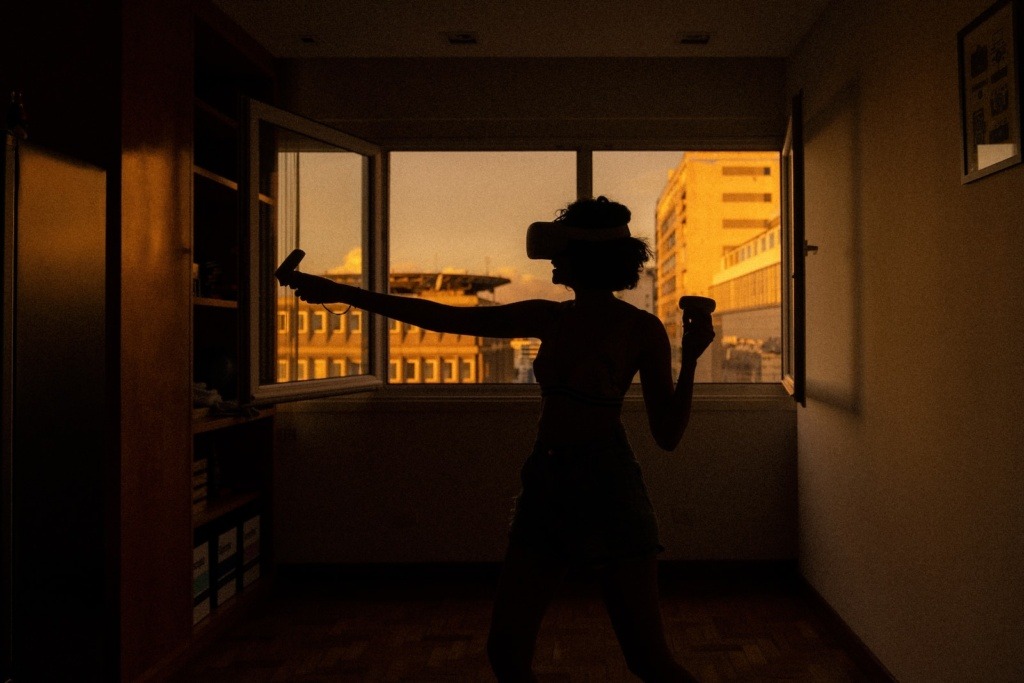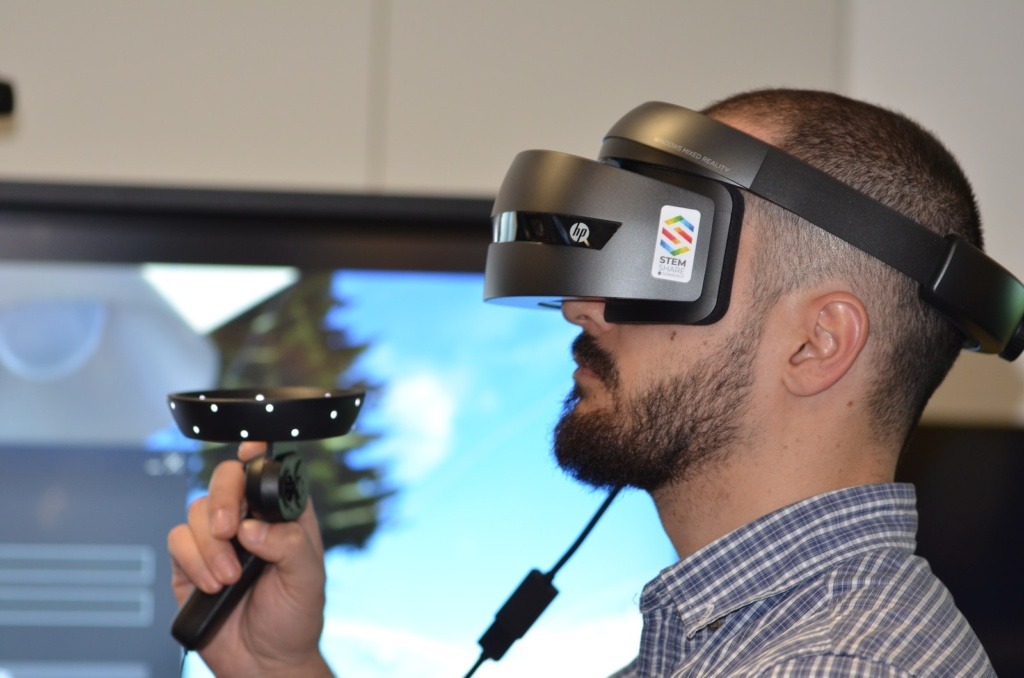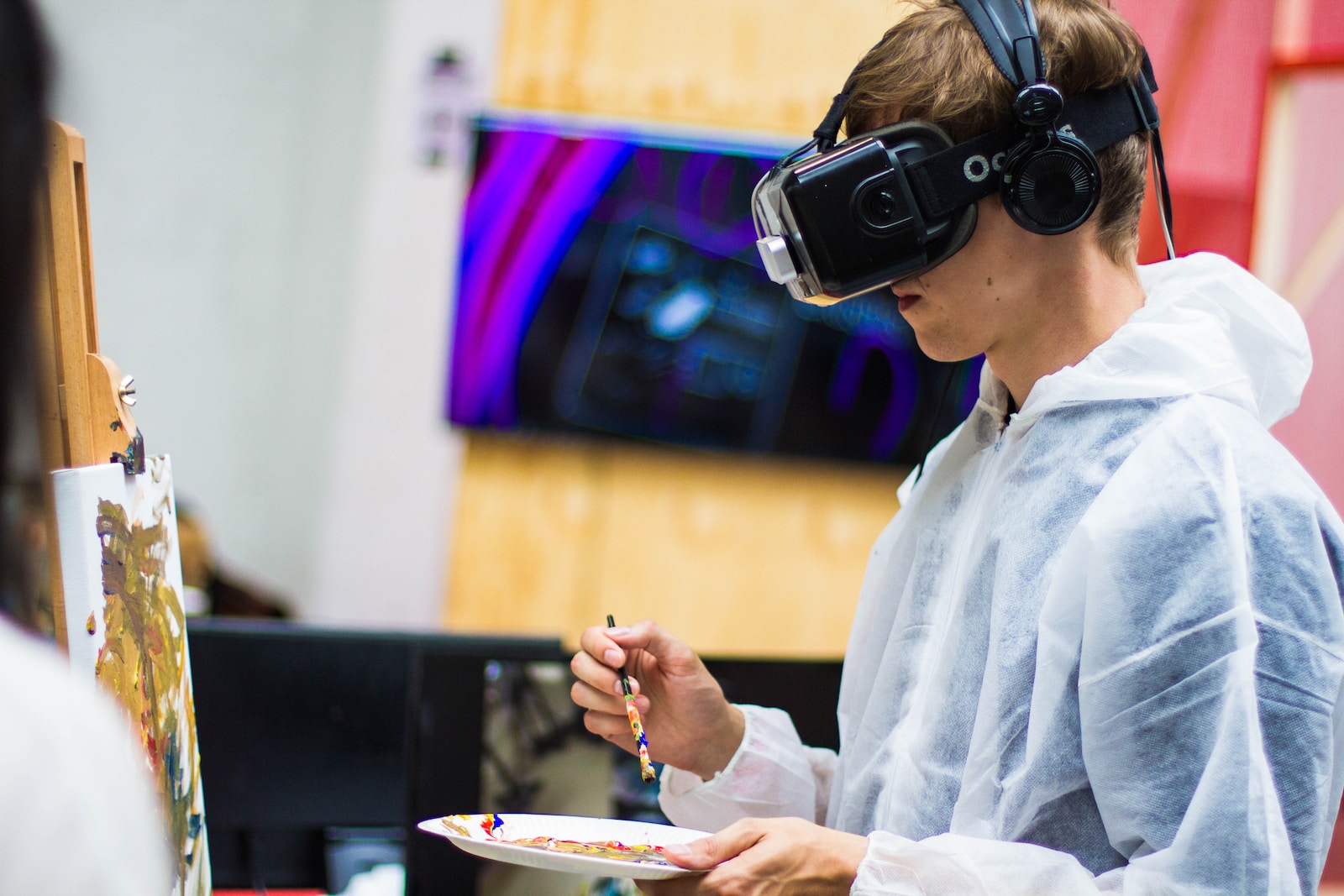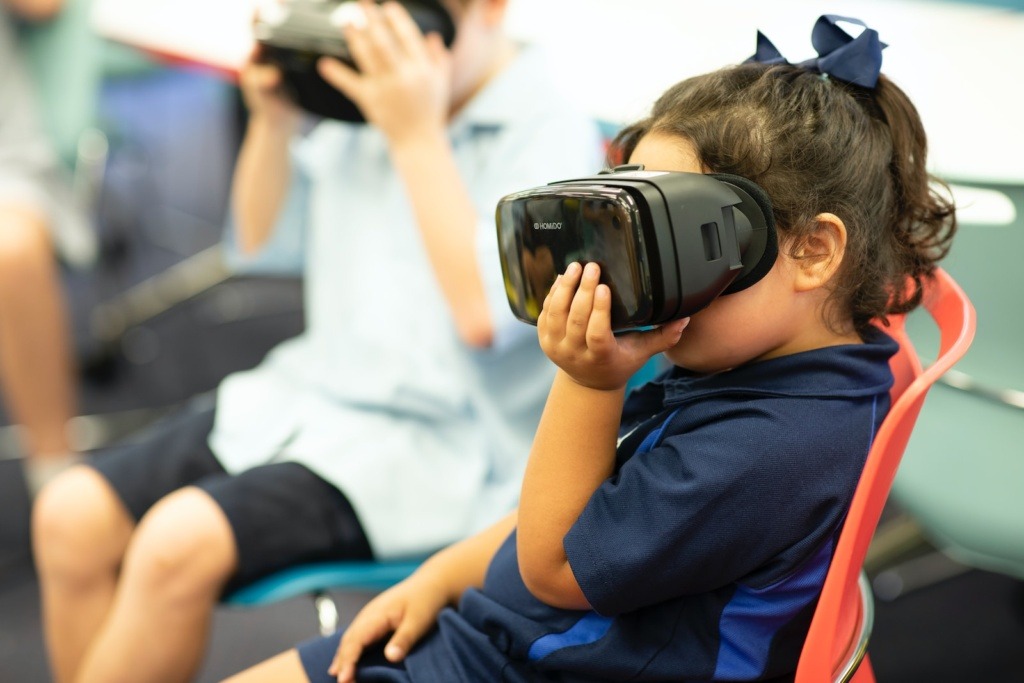Virtual Reality (VR) technology is revolutionizing education by providing immersive and interactive learning experiences. In this blog post, we will explore the powerful impact of VR in education and how it bridges the gap between theory and practice. Discover how VR simulations, virtual field trips, and interactive learning environments allow students to explore and engage with complex concepts in a hands-on and realistic way. From STEM subjects to history and art, VR education enhances understanding, critical thinking, and retention, paving the way for a transformative learning journey.
Section 1: The Power of Immersive Experiences

Explore how VR technology creates immersive experiences that transport students to virtual environments. Discover how students can engage with three-dimensional objects, explore simulations, and manipulate virtual elements to deepen their understanding of theoretical concepts.
Section 2: Virtual Field Trips and Real-World Context

VR offers virtual field trips that provide students with realistic and interactive experiences of different locations and environments. Explore how students can virtually visit historical sites, explore ecosystems, or travel to far-off destinations, bringing real-world context to their learning.
Section 3: Interactive Learning Environments

VR technology enables the creation of interactive learning environments where students can actively participate in the learning process. Discover how students can manipulate objects, conduct experiments, solve puzzles, and collaborate with peers, fostering engagement and critical thinking.
Section 4: Enhancing STEM Education

VR has immense potential in enhancing STEM education. Explore how students can explore complex scientific phenomena, conduct virtual experiments, and engage in engineering and coding activities within a safe and controlled virtual environment.
Section 5: Cultural Immersion and Historical Reenactments

VR allows students to immerse themselves in different cultures and historical events. Discover how students can experience historical reenactments, visit famous landmarks, and engage with diverse cultural practices, fostering empathy and understanding.
Section 6: Overcoming Physical Limitations and Accessibility

VR education breaks down barriers and provides access to learning for students with physical limitations or geographical constraints. Explore how VR enables inclusive education by providing equal opportunities for all learners.
Conclusion:
VR education has the power to bridge the gap between theory and practice, revolutionizing the learning experience. Through immersive experiences, virtual field trips, interactive environments, and enhanced STEM education, VR brings theoretical concepts to life, engaging students in meaningful and memorable ways. Embrace the potential of VR education to foster curiosity, critical thinking, and real-world application of knowledge. Let us unlock the transformative power of VR technology in education, preparing students for the challenges and opportunities of the future.
